Could Mission: Impossible-Style Masks Work In Real-Life?

Masks have been a key tool of the IMF ever since franchise began as a slick spy show in the 1960s. Agents disguised under super-realistic latex masks waltz through security, or extract crucial information from their unwitting targets, before they dramatically reveal peel off their faces to reveal their true identity.
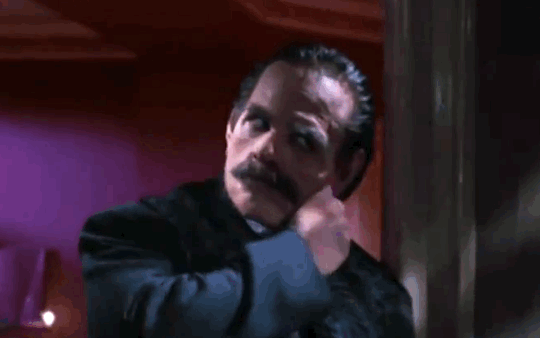
This dramatic reveal has become a cornerstone of the movie franchise too, appearing in every modern ‘Mission: Impossible’ movie since. It’s not hard to understand the appeal of this fantasy – after all, who wouldn’t like to live as someone else for a day?
- Cruise’s Deadliest Stunts
- Mission: Impossible 6 Coming Soon
Imagine what you’d see and learn if people thought you were the Prime Minister, a Premier League footballer, or a movie star?
But could this elaborate subterfuge work in real life and how easy would it be to transform yourself into someone else entirely simply using a mask? We spoke to experts in the field of masks and prosthetics to find out.
Can masks be 3D printed?
In ‘Mission: Impossible III’ the IMF team print a mask based on a 3D scan of Phillip Seymour Hoffman’s Owen Davian for Ethan Hunt to wear while they kidnap their target.
This technology exists, says Grant Pearmain of FBFX, a UK visual effects firm specialising in 3D scanning and prop building, but it’s a long way off the level of sophistication we see in ‘Mission: Impossible’.
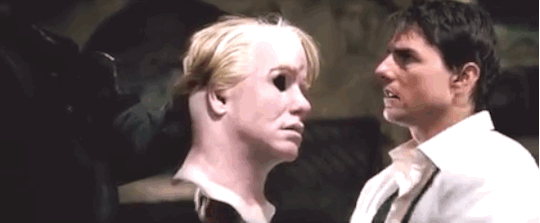
“To some extent it would be possible to use scanning and printing technology to make a mask to disguise a person,” Pearmain tells Yahoo Movies.
“Though I’m not sure with current technology you could print something ready to use.”
For ‘Mission: Impossible – Rogue Nation’ FBFX used 3D scans of Tom Cruise’s face to design and print the goggles Ethan Hunt wears in the diving scene. They also helped transform Paul Bettany into the Vision in ‘Avengers: Age of Ultron’ using 3D scans, but Pearmain explains that the nature of 3D printing which usually prints in hard plastic makes it unsuitable for printing pliable latex masks.
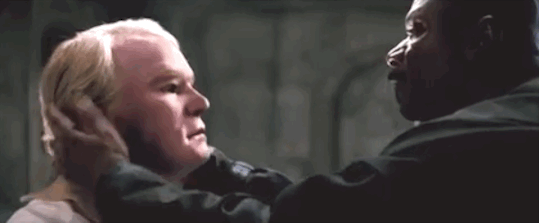
“3D printed parts need to be moulded and made in different materials before they can be used [on film].
“Right now I don’t know of a printing technology that can print in silicon rubber, which you would need for the kind of masks [used in ‘Mission: Impossible’]. But in theory the face scanning technology is available. And it is possible to print in colour, and it is possible to print in a type of rubber, but sadly not both things together.”
Would a 3D printed mask work?
Even if you could print out a 3D rubber mask on the fly, getting the face to move naturally while talking would prove to be a major issue for the IMF as Chris Goodman of Millennium FX explains.
‘The technology in ‘Mission: Impossible’ is essentially fantasy,” says Chris whose credits include ‘Doctor Who’ and Fox’s forthcoming ‘Victor Frankenstein’.
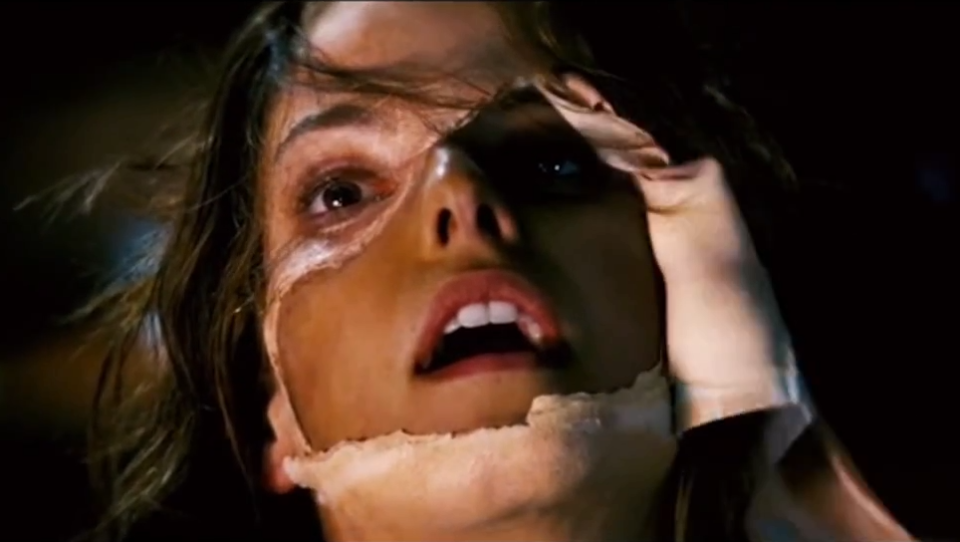
“Although 3D printing technology is widely available, you cannot print out the type of realistic, flexible material that is required to make life-like masks with life-like movement.”
He adds that another factor that would limit the feasibility of printing on the move would be the hair and skin tone, a matter conveniently skated over in the films.
“The 3D printing process could not recreate the hairs on the face or currently paint it to the required level of realism.”
Could masks be applied by hand?
Not all the masks in the ‘Mission: Impossible’ films are 3D printed. Presumably before ‘Mission: Impossible III’, the masks were painstakingly applied by hand, but can that ever look 100% convincing?
Anyone who’s watched ‘Catherine Tate’ or ‘Get Me Out Of Ear’ on ‘Saturday Night Takeaway’ will know it’s really hard to disguise someone with a prosthetic mask.
“Problems come when you try putting a mask of one person’s face onto another entirely different face,” explains Goodman.
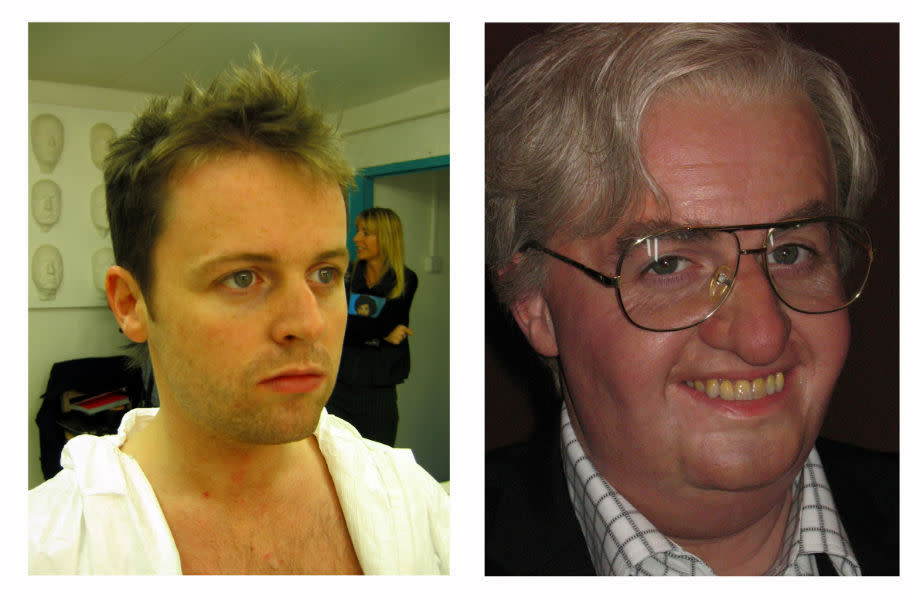
Above: Declan Donnelly transformation (Credit: Millennium FX)
“People’s faces are structurally completely different and the features (eyes, nose, mouth) invariably never line up.”
Fake noses, reshaped brows, and remodeled lips are an easy way to disguise someone in a movie with ‘Looper’ and ‘Cloud Atlas’ being recent examples of prosthetics done well, but these processes can take hours in the make-up chair, not minutes like we see in the ‘Mission’ films.
“Bespoke prosthetics are glued into position which is a process that can take hours to apply and almost as long to take off,” concludes Goodman.
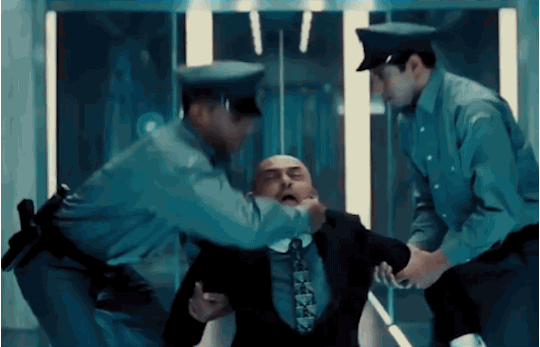
“The image of Tom Cruise ripping off a previously perfectly working mask is not really possible. In all of the films, editing, camera trickery and VFX are utilised to create this illusion.”
So there we have it: the masks of ‘Mission: Impossible’ are more science fiction that science fact… for now.
With the pace that science moves the technology could eventually become reality, but we’ll always be limited by the facial structure beneath the mask. This truly is one impossible mission.
‘Mission: Impossible - Rogue Nation’ is in cinemas now. Watch a trailer below.
- Jurassic World 2 Details
- Prometheus 2 Shooting Soon?
- First Deadpool Teaser
Image credits: Paramount/MillenniumFX

